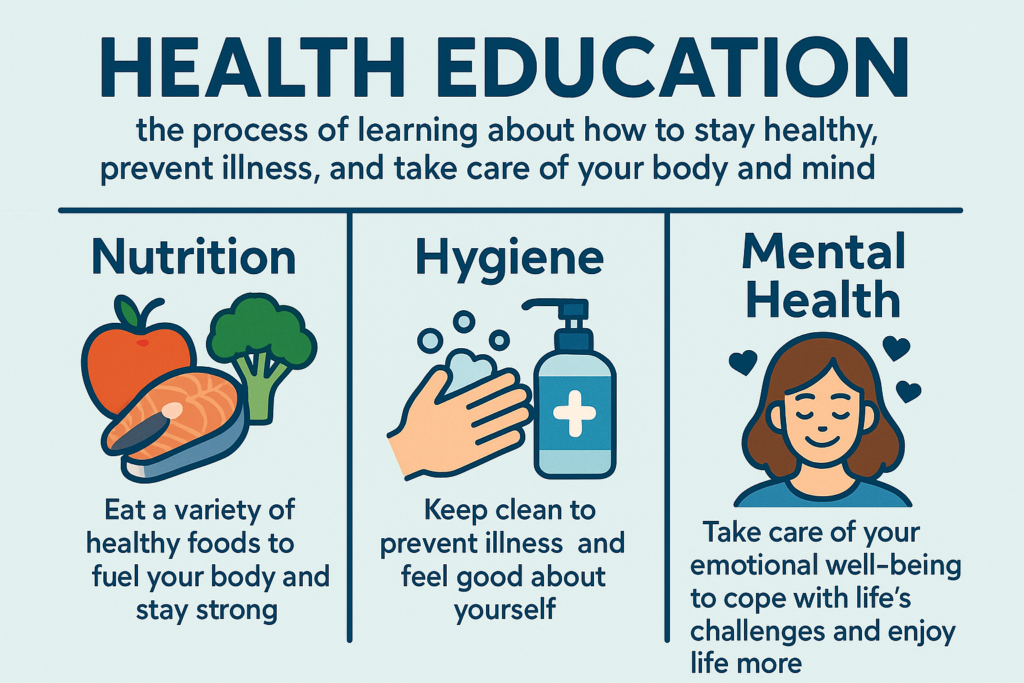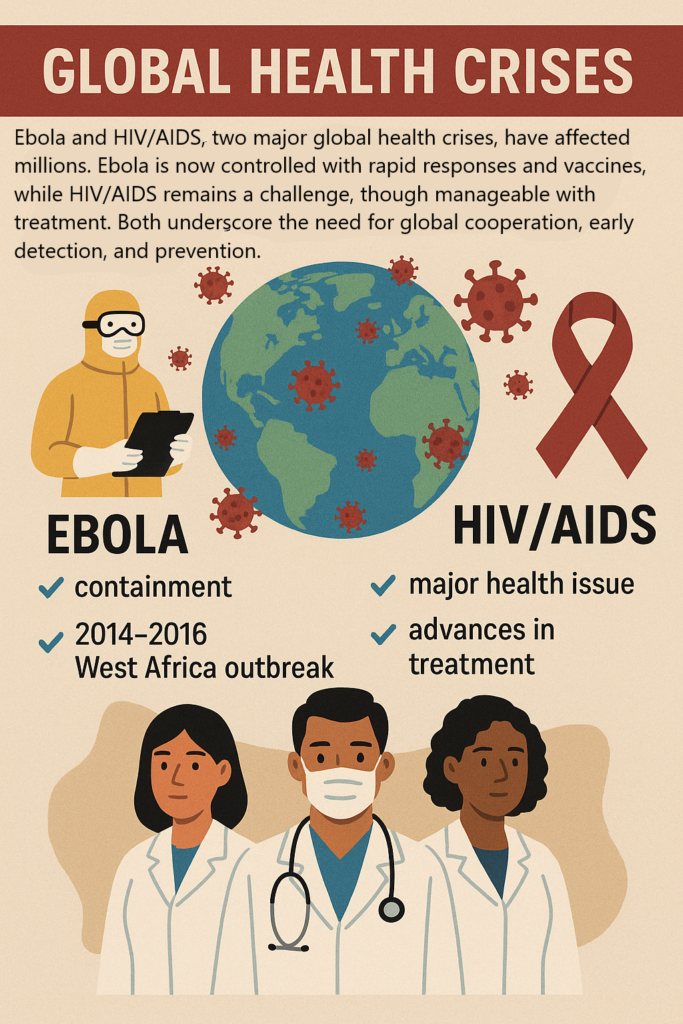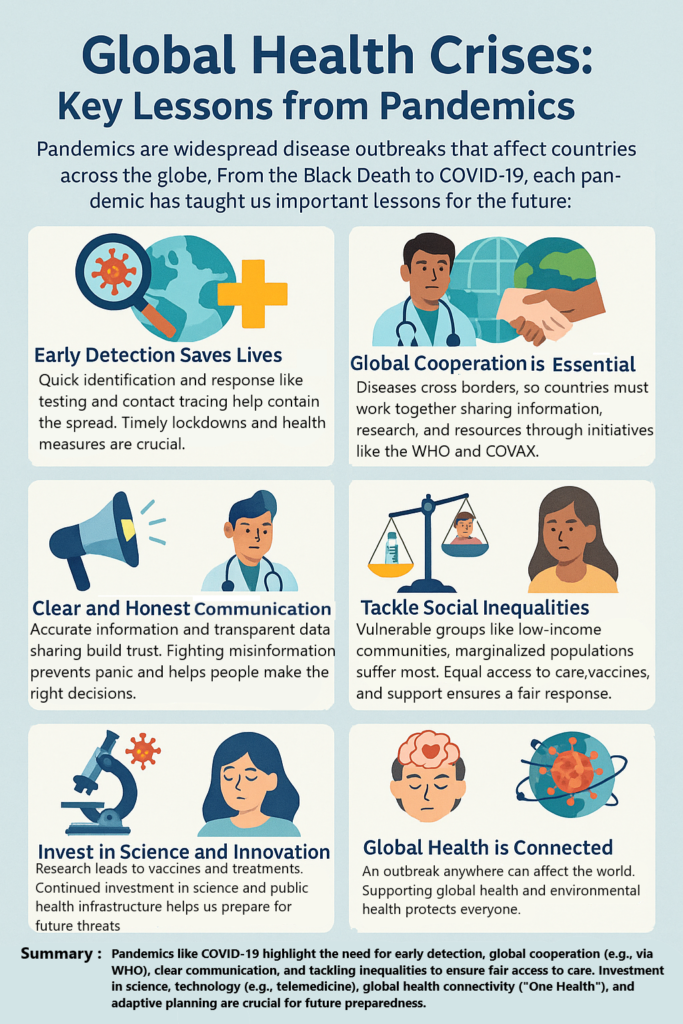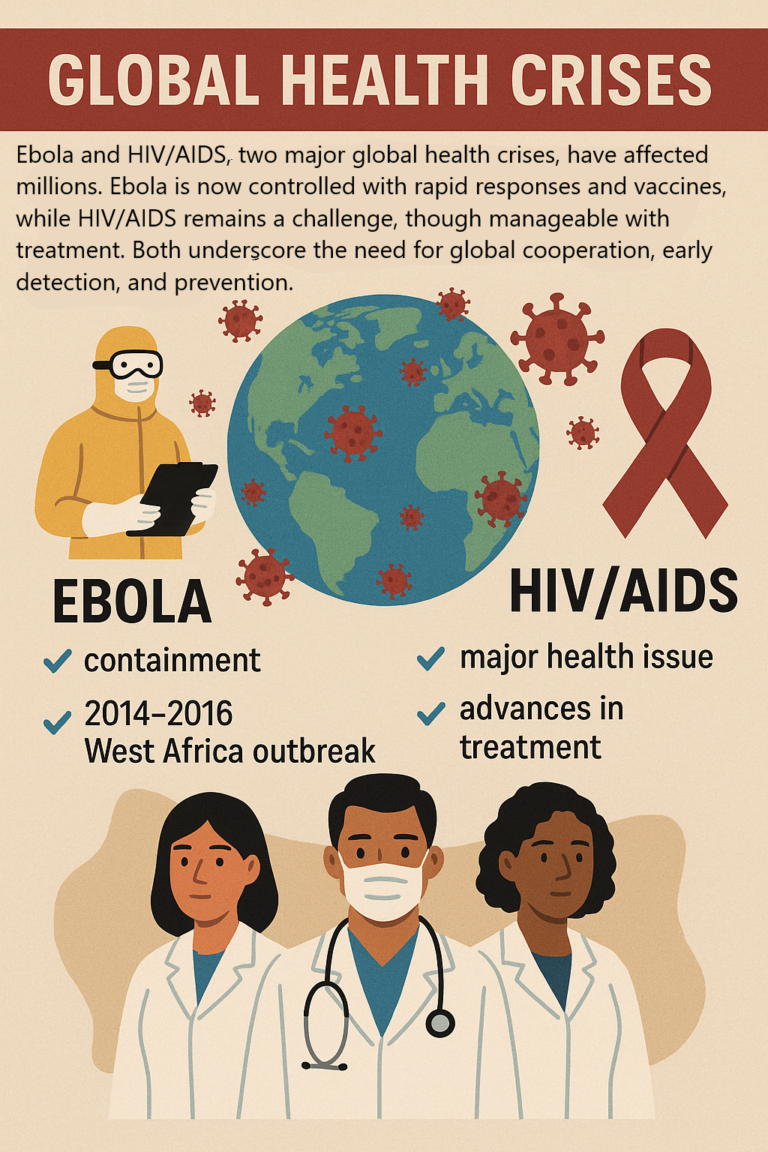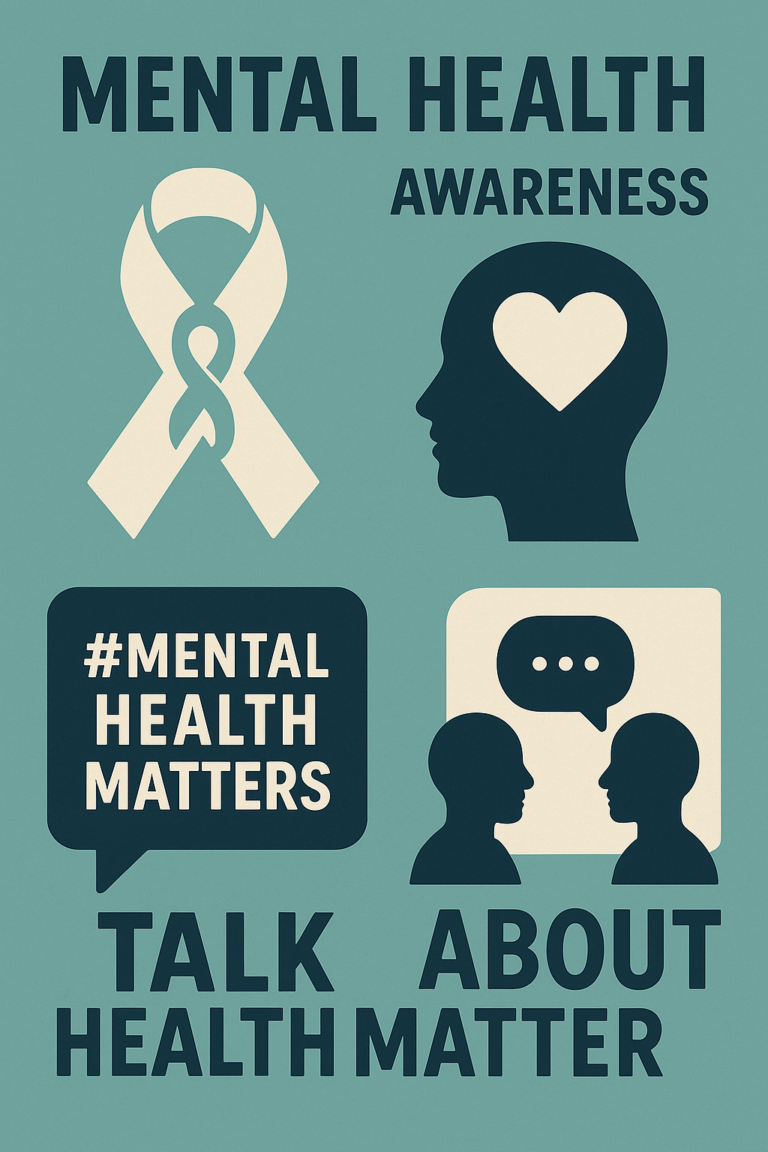What are Public Health Campaigns?
Public health campaigns are organized efforts to raise awareness about important health issues and encourage people to adopt healthier behaviors. These campaigns are usually run by governments, health organizations, or non-profits and aim to prevent disease, promote well-being, and educate the public on how to protect their health.
In simple terms, public health campaigns are like massive information drives that try to teach people how to stay healthy and avoid getting sick.

Why Are Public Health Campaigns Important?
Public health campaigns play a crucial role in disease prevention for several reasons:
- Raising Awareness About Health Risks:
- One of the main goals of public health campaigns is to educate people about potential health risks that they may not even know about. For example, a campaign might inform people about the dangers of smoking, how it causes lung cancer, and other serious diseases.
- When people know about these risks, they can take preventive measures to protect themselves. If a person knows that smoking is dangerous, they might choose to quit or never start smoking.
- Encouraging Healthy Behaviors:
- Public health campaigns often focus on encouraging people to adopt healthy behaviors. For example, they might promote regular exercise, eating nutritious foods, and getting enough sleep.
- They can also encourage people to get vaccinated to prevent diseases like measles, flu, or COVID-19. When more people adopt these healthy behaviors, it leads to fewer cases of disease in the community.
- Preventing the Spread of Infectious Diseases:
- Public health campaigns are essential in controlling and preventing the spread of infectious diseases. For example, during an outbreak of COVID-19, campaigns educated people about the importance of wearing masks, washing hands, and social distancing to prevent the virus from spreading.
- Similarly, campaigns about hand hygiene and the importance of vaccines help prevent the spread of diseases like influenza, cholera, and hepatitis.
- Targeting Vulnerable Groups:
- Certain groups of people may be more at risk for certain diseases, such as children, older adults, and low-income communities. Public health campaigns can target these groups with specific messages to protect them.
- For example, campaigns aimed at pregnant women may emphasize the importance of prenatal care and nutrition to prevent complications for both mother and baby.
- Reducing Healthcare Costs:
- By preventing diseases through education and healthy behaviors, public health campaigns can help reduce the burden on healthcare systems. Fewer people get sick, and those who do get sick require less expensive treatment because they have taken steps to prevent illness.
- For example, a campaign promoting vaccination against flu reduces the number of people who get sick, which in turn reduces the need for hospital visits, saving money and resources.
- Creating Long-Term Change:
- Public health campaigns often aim to change cultural norms and social behaviors in the long run. They work to create lasting habits that improve the overall health of the population.
- A good example is how campaigns about tobacco use and smoking have been successful in reducing smoking rates globally over time. This is because they changed people’s attitudes about smoking, making it less socially acceptable and encouraging healthier alternatives.
How Do Public Health Campaigns Work?
Public health campaigns can use various tools and strategies to reach large audiences. Here’s how they typically work:
- Mass Media:
- Campaigns use television, radio, social media, and billboards to spread health messages to a wide audience. These platforms allow campaigns to reach millions of people in different areas, from cities to rural communities.
- For example, an ad on TV or social media might encourage people to exercise regularly, eat fruits and vegetables, or get a flu shot.
- Community Outreach:
- Public health campaigns often work directly with communities to deliver health education in local settings. This might involve hosting health fairs, providing free screenings, or organizing workshops where experts talk about how to stay healthy and prevent disease.
- Local community centers, schools, and places of worship are often key venues for these outreach efforts.
- Partnerships with Health Professionals:
- Public health campaigns often collaborate with doctors, nurses, and other health professionals to spread the message. Health workers may distribute flyers, posters, or give talks about important health practices and preventive measures.
- For example, doctors might discuss the importance of vaccines with their patients during routine visits, or pharmacists might promote healthy lifestyle choices.
- Targeted Campaigns:
- Some campaigns target specific groups, such as children, pregnant women, or elderly adults. For example, a campaign might target pregnant women to encourage them to take prenatal vitamins and avoid smoking or drinking alcohol to protect their unborn child.
- Similarly, a campaign targeting teenagers might focus on the dangers of drug abuse or unprotected sex.
- Promoting Health Policies:
- Public health campaigns often advocate for changes in laws or policies that support disease prevention. For example, they might call for laws requiring restaurants to post nutrition information on menus or for restrictions on the sale of tobacco products to minors.
- Governments may also introduce policies to make healthcare services more accessible or to encourage vaccination programs in schools.
Examples of Successful Public Health Campaigns
- The “Anti-Smoking” Campaign:
- Over the years, campaigns like the “Truth Initiative” in the U.S. have worked to reduce smoking, especially among young people. These campaigns educate people about the dangers of smoking, show the harmful effects of tobacco on health, and provide resources to help people quit smoking.
- The “Smoking Kills” warning labels on cigarette packs are also part of these campaigns.
- The “5 A Day” Campaign:
- This campaign encourages people to eat at least five servings of fruits and vegetables every day for better health. The idea is that eating more fruits and veggies can help prevent diseases like heart disease, diabetes, and obesity.
- The message is spread through posters, television ads, and even apps that help people track their food intake.
- The “Know Your Status” HIV Campaign:
- This campaign promotes HIV testing to help people know if they have HIV, so they can get treatment and avoid spreading the virus. It encourages individuals to get tested regularly, especially if they have risk factors.
- The campaign also educates people about how to protect themselves from HIV, like using condoms during sex and taking PrEP (pre-exposure prophylaxis) if at high risk.
- “Wash Your Hands” Campaigns:
- Public health campaigns about hand hygiene are common, especially during flu seasons or health crises like COVID-19. These campaigns promote the simple but effective practice of washing hands with soap and water to prevent the spread of diseases.
- Posters, videos, and public service announcements show the correct way to wash hands and when it is most important to wash them (e.g., before eating, after using the restroom).
Challenges of Public Health Campaigns
- Misinformation:
- Sometimes people are exposed to incorrect or misleading health information, especially on social media. This can make it harder to convince people to take preventive health measures.
- Cultural Barriers:
- In some communities, certain health practices might conflict with cultural or religious beliefs. Public health campaigns must find ways to respectfully address these issues and encourage healthier behaviors without causing offense.
- Engaging the Public:
- It’s not always easy to get people to act on health advice, especially if the benefits of prevention are not immediately clear. Campaigns need to find creative and engaging ways to keep people interested and motivated to adopt healthy habits.
Conclusion
Public health campaigns are vital in helping prevent diseases and improve the health of communities. By educating people about health risks, promoting healthy behaviors, and encouraging disease prevention, these campaigns play a major role in reducing the spread of illness and improving public well-being. While challenges exist, the overall impact of public health campaigns has been positive, saving lives and improving quality of life around the world.


